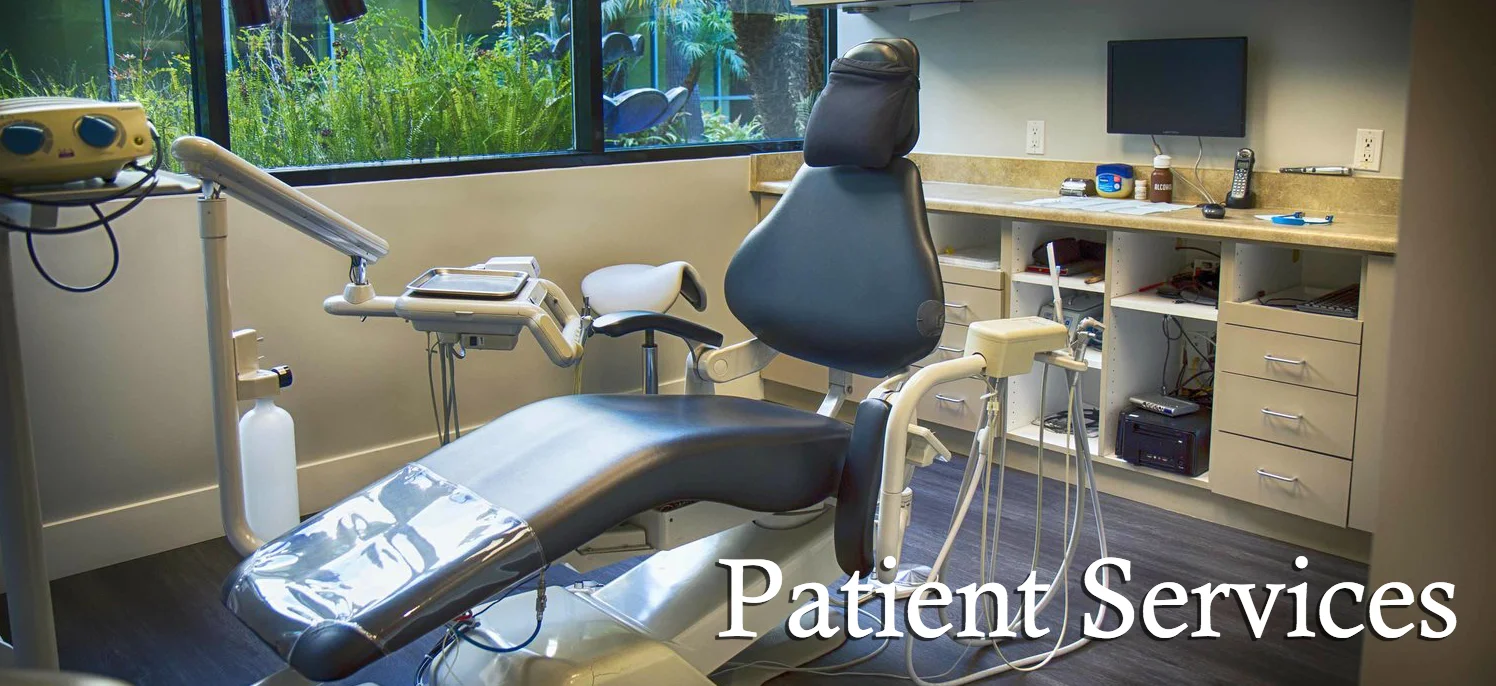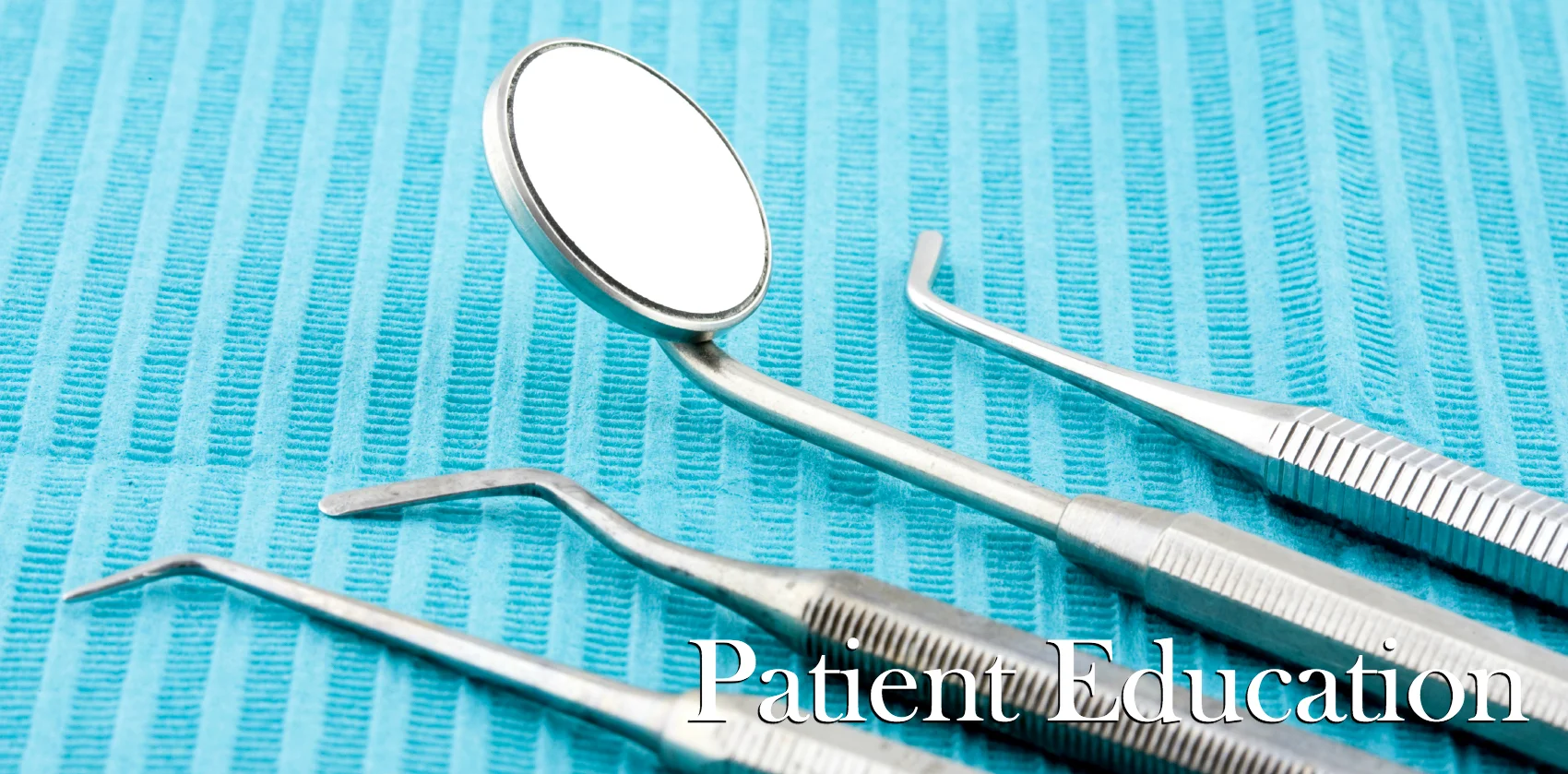If you have had a dental crown recently placed (particularly on a root canal treated tooth) you may have been surprised to learn that you needed a post or core placed in addition to the crown. These procedures allow us to maximize the strength of the natural enamel and add structure back to broken down teeth. In every instance, they are an integral part of the long term success of a crown.
When teeth have root canals placed or deep cavities removed, they are left with a large hole in the center of the tooth or a missing wall of enamel. For a crown to be successfully cemented, the tooth has to have a fairly regular "teepee" shape. Any large holes or divots in the tooth prevent the lab from making a successful restoration. A core is a bulk of material added to the tooth to provide strength and structure prior to finishing the crown. They are made from a variety of material, depending on the specific needs of the tooth and the plan for the final crown. Many times the endodontist will place the buildup themselves once the root canal is finished.
When a tooth is missing multiple walls of enamel or lacks enough structure above the gumline (as is common with fractured teeth), a post may need to be placed in addition to a core. Posts are solid metal or composite rods that are cemented in the roots of root canal treated teeth. They extend upward and act as an anchor for the core buildup. Without a post, large cores are prone to failure and fracture. This causes huge headaches, particularly after the root canal and crown are completed. An important point to note is that posts can only be placed on root canal treated teeth, as it needs to be placed within the root system. In rare instances, a root canal may be performed on a healthy tooth so that a post can be placed.
We always try our best to notify patients of the potential need for a post and/or core prior to starting crown treatment. These procedures are not optional steps, but rather necessary precautions for the long term stability of the tooth. If you would like to know more about posts, cores, dental crowns or root canals, please give our office a call!





















